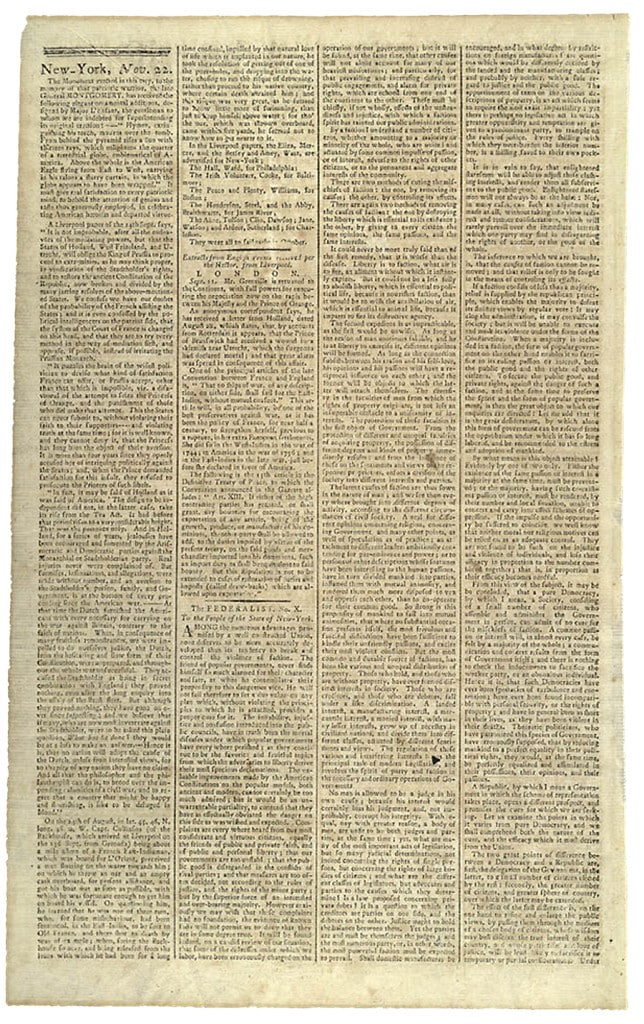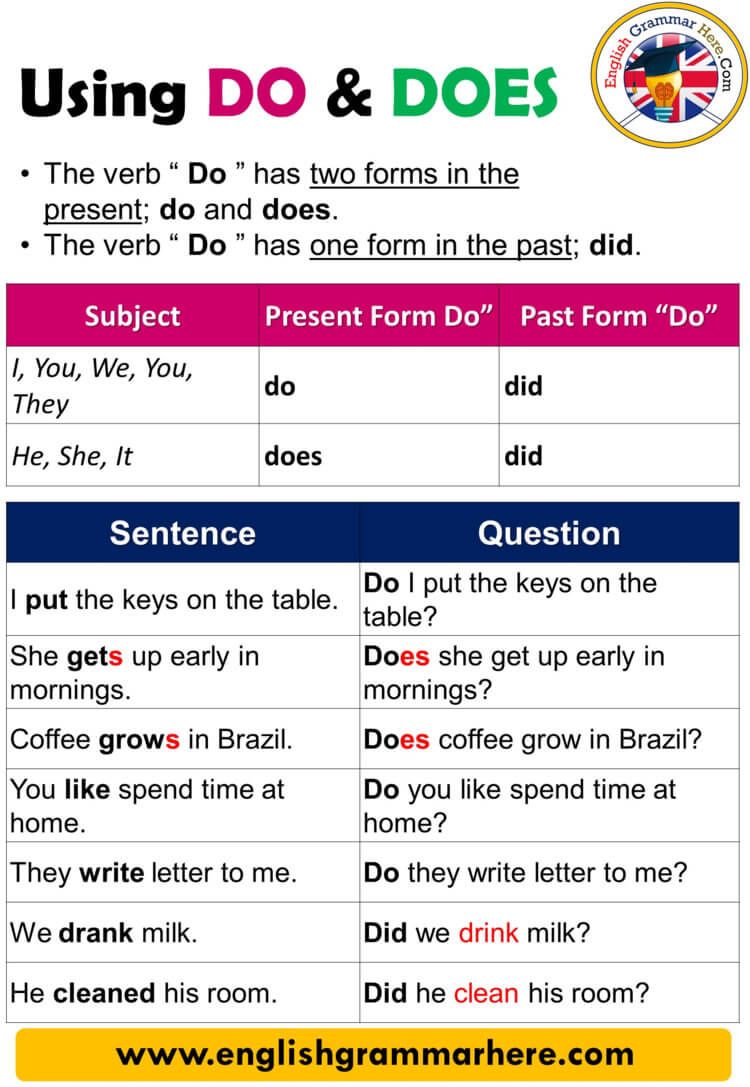James Madison’s Vision: How Federalist 10 Shaped the Role of Factions in American Politics
Introduction: The Enduring Relevance of Federalist 10
Federalist No. 10 remains one of the most influential essays in American political thought. Written by James Madison in 1787, it addressed the dangers and inevitability of factions-what we might now call political parties or special interest groups-and argued that a properly constructed republic could mitigate their negative effects. Madison’s analysis continues to inform our understanding of how diverse interests compete and collaborate within the American political system. This article explores who wrote Federalist 10, explains Madison’s core arguments about factions, and provides practical guidance for navigating the complex world of American political groups today.
Who Authored Federalist 10 and Why?
Federalist 10 was written by
James Madison
, one of the principal architects of the U.S. Constitution and later the nation’s fourth president. The essay was published under the pseudonym “Publius” as part of the broader series known as
The Federalist Papers
, which Madison co-authored with Alexander Hamilton and John Jay. The essays were designed to persuade the people of New York to ratify the new Constitution by addressing concerns about the structure and powers of the proposed federal government
[1]
[2]
.
Madison’s contribution in Federalist 10 stands out for its systematic treatment of factionalism. He recognized that, due to the very nature of man, the formation of factions-groups united by a common interest or passion-was unavoidable. Rather than seeking to eliminate factions, which he saw as impossible without infringing on liberty, Madison proposed a system that would
control
their effects
[3]
.
What Are Factions? Madison’s Definition and Its Modern Meaning
Madison defined a faction as “a number of citizens, whether a majority or minority, who are united and activated by some common impulse of passion, or of interest, adverse to the rights of other citizens, or to the permanent and aggregate interests of the community” [1] . In today’s context, factions can encompass political parties, advocacy groups, or any collective with a shared agenda that might conflict with broader societal interests.
This recognition of human diversity-of opinions, wealth, and property-laid the groundwork for Madison’s belief that factions were inevitable in a free society. Attempting to eliminate them entirely would require suppressing liberty itself, which Madison likened to “destroying liberty in order to control faction”-an unacceptable trade-off for a nation founded on individual rights [4] .
Madison’s Solution: Controlling Factions Through a Large Republic
Instead of eliminating factions, Madison advocated for a system that could limit their negative effects . His principal argument was that a large republic , as proposed in the new Constitution, would make it difficult for any single faction to dominate or oppress others. The diversity of interests and opinions in a sprawling nation would force factions to negotiate, form alliances, and moderate their demands in order to achieve influence [1] [3] .
In practical terms, this meant structuring government so that power was dispersed among various representatives and across different levels (federal and state). By multiplying the number of interests and making it harder for a majority faction to unite, the system would protect minority rights and the public good [2] .
For example, in the U.S. today, no single party or group can easily dominate all branches of government, and differing regional interests ensure that policy debates are complex and multi-faceted. Madison’s vision anticipated the checks and balances that remain hallmarks of American democracy.
The Role of Factions in Modern American Politics
Madison’s insights remain highly relevant. Political parties, advocacy groups, and grassroots movements are all modern expressions of factions. While these groups can sometimes intensify polarization, they also provide avenues for citizen engagement, policy innovation, and the representation of diverse interests. Madison’s framework encourages us to see conflict and competition among groups as natural and even healthy-provided institutional safeguards prevent tyranny by any one faction.
For individuals looking to engage in American politics today, understanding the role and structure of factions is essential. Whether joining a local party committee, supporting a national advocacy group, or participating in issue-specific campaigns, Americans have numerous opportunities to influence political outcomes. To get involved, consider:
- Attending local town hall meetings to connect with political organizations
- Registering with a party or interest group that aligns with your values
- Volunteering for campaigns or advocacy initiatives
- Reaching out to elected officials to express your views
For more information about current political parties, issue advocacy, and civic engagement, you can visit established resources like the USA.gov Organizations Directory (verified and maintained by the U.S. government). This directory provides updated contact information for national, state, and local groups.
Case Study: Madison’s Factions and Contemporary Political Parties
Madison’s own political journey illustrates the fluid nature of factions. Initially aligned with the Federalists, he later became a leading figure in the opposition Democratic-Republican Party, demonstrating how factions evolve over time and how their competition shapes political outcomes [4] . Today, the Republican and Democratic parties function as large, dynamic factions that both compete and cooperate within the framework Madison imagined.
Contemporary examples of factional competition include debates over healthcare reform, environmental policy, and civil rights. In each case, interest groups and political parties mobilize supporters, lobby lawmakers, and shape public discourse-sometimes aligning, sometimes clashing, but always operating within the constitutional boundaries Madison envisioned.
Taking Action: How to Navigate and Engage with Modern Factions
To effectively engage with political factions, start by identifying your core interests and values. Research organizations and parties that share your views using trusted directories or by attending public events. It’s important to remain informed about the platforms and priorities of different groups, as these can shift in response to changing public opinion and policy challenges.
If you wish to advocate for a specific cause, you can:
- Contact your local or state government office to ask about relevant advisory boards or commissions
- Subscribe to newsletters from reputable advocacy organizations for updates on campaigns and events
- Participate in public comment periods for proposed legislation, which are often announced on official government websites
For those seeking official channels, search the U.S. House of Representatives or U.S. Senate official websites for information on committees, constituent outreach, and advocacy tools. If you cannot find a direct link, use search terms such as “how to contact my representative” or “list of advocacy groups in [your state]” on official government portals.

Source: tenthamendmentcenter.com
Overcoming Challenges: Ensuring Balanced Representation
While Madison’s system helps prevent domination by a single faction, challenges remain. Gerrymandering, campaign finance disparities, and unequal access to resources can still skew political outcomes. Many organizations work to promote fair representation, transparency, and civic education. To support these efforts, consider:
- Educating yourself and others about the redistricting process and participating in public hearings
- Supporting campaign finance reform efforts by joining nonpartisan groups focused on transparency
- Engaging in voter education initiatives to ensure broad participation in elections
For actionable guidance, you may visit reputable civic education resources like the Scholastic Understanding Government page (for students and educators), or search for “civic education resources” on trusted nonprofit sites.
Key Takeaways: Madison’s Enduring Legacy
James Madison’s Federalist 10 remains a foundational text for understanding the interplay of factions in American politics. By acknowledging the inevitability of group competition and designing a system to moderate its excesses, Madison provided a blueprint for balancing liberty and order. Today, citizens can leverage this understanding to engage constructively with political organizations, advocate for their interests, and strengthen the democratic process. By remaining informed, participating actively, and supporting institutional safeguards, Americans fulfill the promise of Madison’s vision.

Source: teachingamericanhistory.org
References
- [1] Wikipedia (2024). Federalist No. 10 – History and analysis of Madison’s essay.
- [2] National Constitution Center (2024). Federalist 10 (1787) – Primary source and scholarly commentary.
- [3] Teaching American History (2024). Federalist 10 – Full text and contextual analysis.
- [4] Holland Public Schools (2024). The Federalist No. 10 Summary – Summary and interpretation.
MORE FROM dealhole.com













